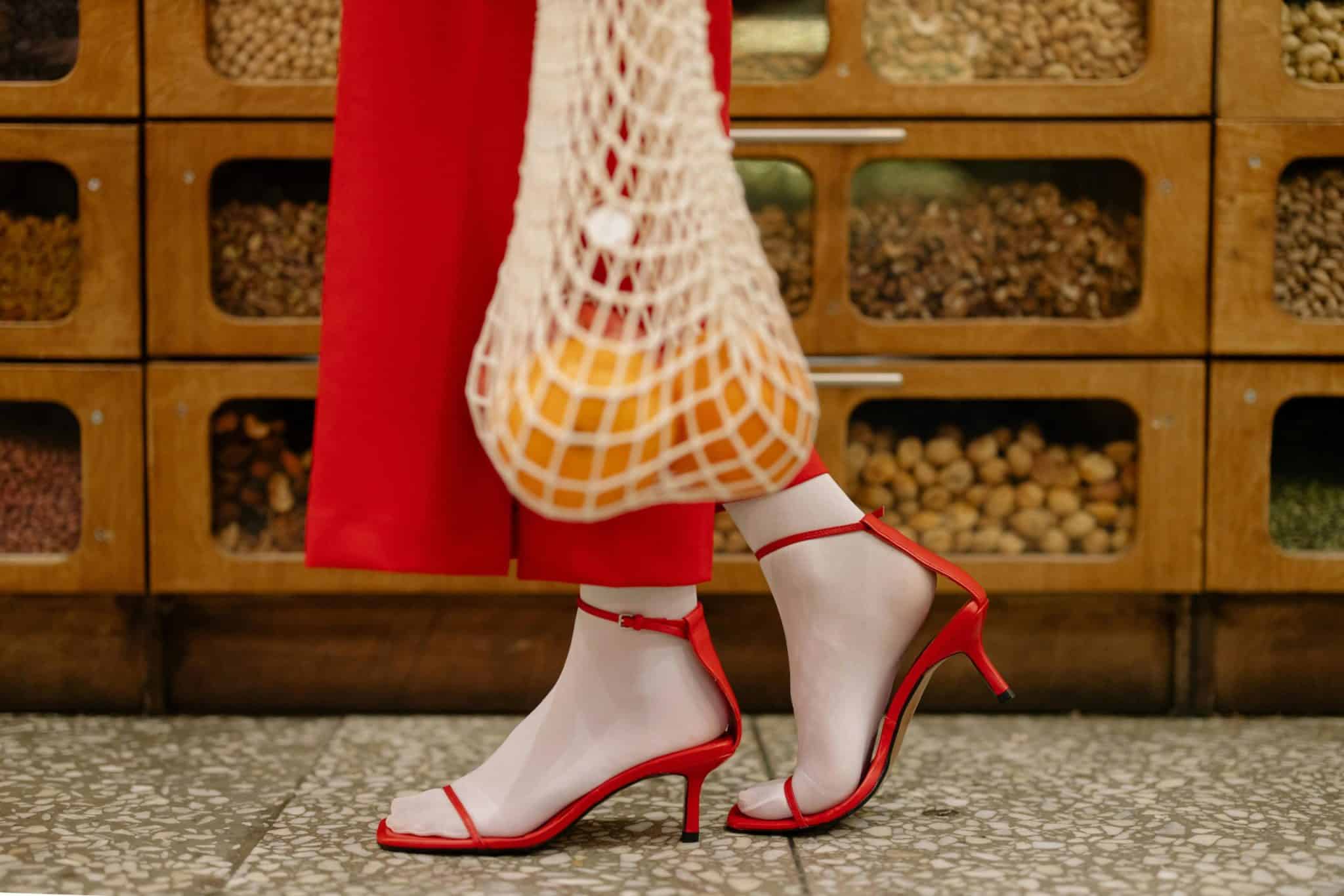Sustainable Fabrics: The Future of Eco-Friendly Fashion
Eco-friendly fashion has been making waves in the fashion industry in recent years, as consumers become more aware and conscious of the impact their purchasing decisions have on the environment. One of the key elements of sustainable fashion is the use of sustainable fabrics. These fabrics not only provide an environmentally-friendly alternative to traditional materials, but they also offer a range of benefits including durability, versatility, and style. In this article, we will delve into the world of sustainable fabrics and explore how they are shaping the future of eco-friendly fashion.
The Rise of Sustainable Fabrics
It’s no secret that the fashion industry is one of the biggest contributors to environmental degradation, with textile production alone accounting for 10% of global carbon emissions. As consumers become more mindful of the impact their fashion choices have on the planet, the demand for sustainable and ethical fashion has been on the rise. This shift in consumer behavior has led to an increase in the production and use of sustainable fabrics in the fashion industry.
Sustainable fabrics, also known as eco-friendly fabrics, are materials that are produced using environmentally-friendly processes, with minimal impact on the planet. These fabrics are made from natural, organic, or recycled materials, and they are biodegradable, meaning they can break down without causing harm to the environment.
The Benefits of Sustainable Fabrics
Aside from being eco-friendly, sustainable fabrics offer a myriad of benefits that make them an ideal choice for fashion designers and consumers alike. One of the key advantages of sustainable fabrics is their durability. These fabrics are made from high-quality materials and are designed to stand the test of time, making them a more sustainable option than fast fashion. By choosing sustainable fabrics, consumers can reduce their environmental footprint by buying fewer, but better quality, clothing items.
Additionally, sustainable fabrics are versatile and can be used to create a wide range of clothing items, from casual wear to haute couture. This versatility allows fashion designers to be more creative and experimental with their designs, while still maintaining a commitment to sustainability.
Besides being durable and versatile, sustainable fabrics are also known for their style and comfort. Gone are the days when eco-friendly fashion was associated with shapeless and unflattering clothing. With advancements in technology and production processes, sustainable fabrics can now mimic the look and feel of traditional fabrics without harming the environment. This means that consumers can look and feel good, both inside and out, by choosing sustainable fashion.
The Future of Sustainable Fabrics
As the demand for sustainable fashion continues to grow, the future of sustainable fabrics looks bright. With more and more fashion brands incorporating sustainable fabrics into their collections, consumers now have a wider range of options to choose from. From organic cotton and bamboo to recycled polyester and hemp, the possibilities are endless when it comes to sustainable fabrics.
Innovation and technology are also playing a significant role in the development of sustainable fabrics. Researchers and scientists are constantly working on finding new and more sustainable ways to produce textiles, using methods such as natural dyeing and waterless processing. As these methods become more refined, we can expect to see even more sustainable fabrics enter the market.
The Bottom Line
Sustainable fabrics are not just a trend; they are here to stay. With the fashion industry being a major contributor to environmental pollution, it is crucial that we make more conscious choices when it comes to fashion. By choosing sustainable fabrics, not only are we reducing our carbon footprint, but we are also supporting ethical and environmentally-friendly practices in the industry. As consumers continue to demand more sustainable fashion options, we can expect to see a significant shift towards sustainable fabrics in the future, making the fashion industry more eco-friendly and responsible.








